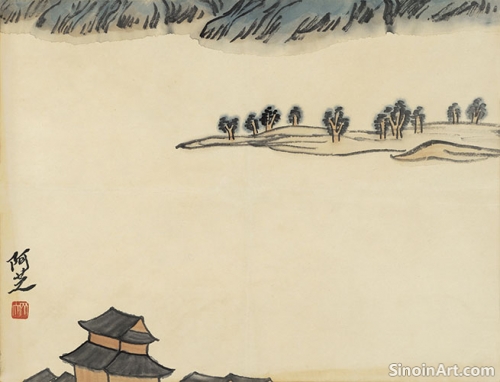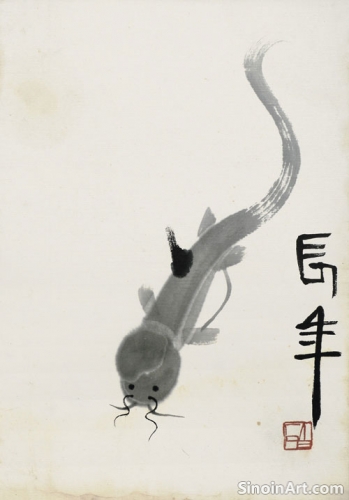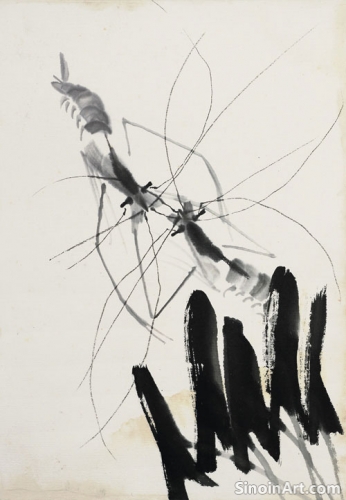Xieyi and the Influence of Poetry
|
The relationship between Xieyi painting and poetry is a close one, with many literati artists viewing these two art forms as intertwined expressions of personal feeling, thought, and their understanding of the world. Poetry is often considered the heart of the Chinese arts and has had a profound influence on Xieyi’s expression.  Many literati painters were also skilled poets, incorporating verses directly into their paintings, adding a layer of meaning and enhancing the visual impact. The poetry often provides context and guides the viewer's understanding of the artwork. The painting and poetry are often intended to complement each other.  The same principles of rhythm, balance, and expression that are valued in poetry are also valued in Xieyi painting. The artist aims to create a visual rhythm that mirrors the rhythms of the natural world and to express their personal feelings with clarity and concision. Both aim to distill down the essence of an idea.  Xieyi painting, like poetry, often uses symbolic language to convey meaning. Certain subjects, such as plum blossoms, bamboo, or birds, are imbued with specific cultural and emotional connotations, allowing artists to express complex ideas through seemingly simple imagery. The visual symbols are often aligned to poetic metaphor. The emphasis on personal expression in both Xieyi and poetry aligns with the literati ideal of art as a vehicle for self-cultivation and self-expression. The artist seeks to share their inner world with others through their art, creating a bridge between minds and hearts. It's a form of personal and creative dialogue. |
Tag : Poetry and painting, literati art, poetic inspiration, Chinese verse, art symbolism
Related information
- The Use of "Blank Space" in Xieyi
- The Role of Color in Xieyi: Subtlety and Emphasis
- The Influence of Folk Art on Xieyi Painting
- The Essence of Expression: An Introduction to Xieyi Painting
- The Significance of the Seal in Xieyi
Liúbái (blank space) is a vital element in Xieyi painting, creating balance, depth, atmosphere, and encouraging active viewer participation while reflecting philosophical concepts of emptiness and possibility. It's as important as the inked areas.
While often associated with monochromatic ink washes, color plays a significant role in many Xieyi paintings. When color is used, it is often applied subtly, with careful consideration for how it can enhance the overall composition. Color serves not as a literal depiction of reality but as an expressive tool that accentuates the subject’s spirit.
Xieyi painting is also influenced by Chinese folk art, through its emphasis on boldness, simplicity, vibrant colors, directness, and storytelling, enriching the art form with expressive forms, a more accessible feel, and narratives that connect it to everyday life, history, and folklore.
This article introduces Xieyi painting, a freehand and expressive style of Chinese painting, emphasizing its focus on capturing the essence of a subject through bold brushwork and simplified forms.
The seal (yìn) is an essential component of Xieyi painting, serving as the artist's signature, authenticating the artwork, adding to its visual composition, and often expressing personal philosophy or tracing provenance, all within the context of Chinese artistic tradition.